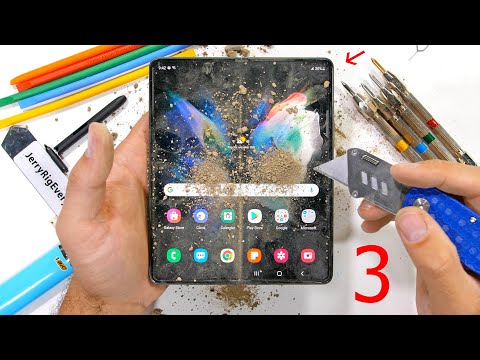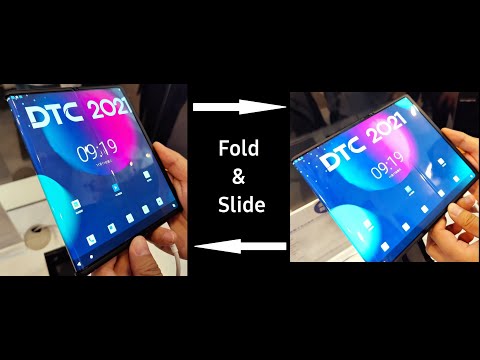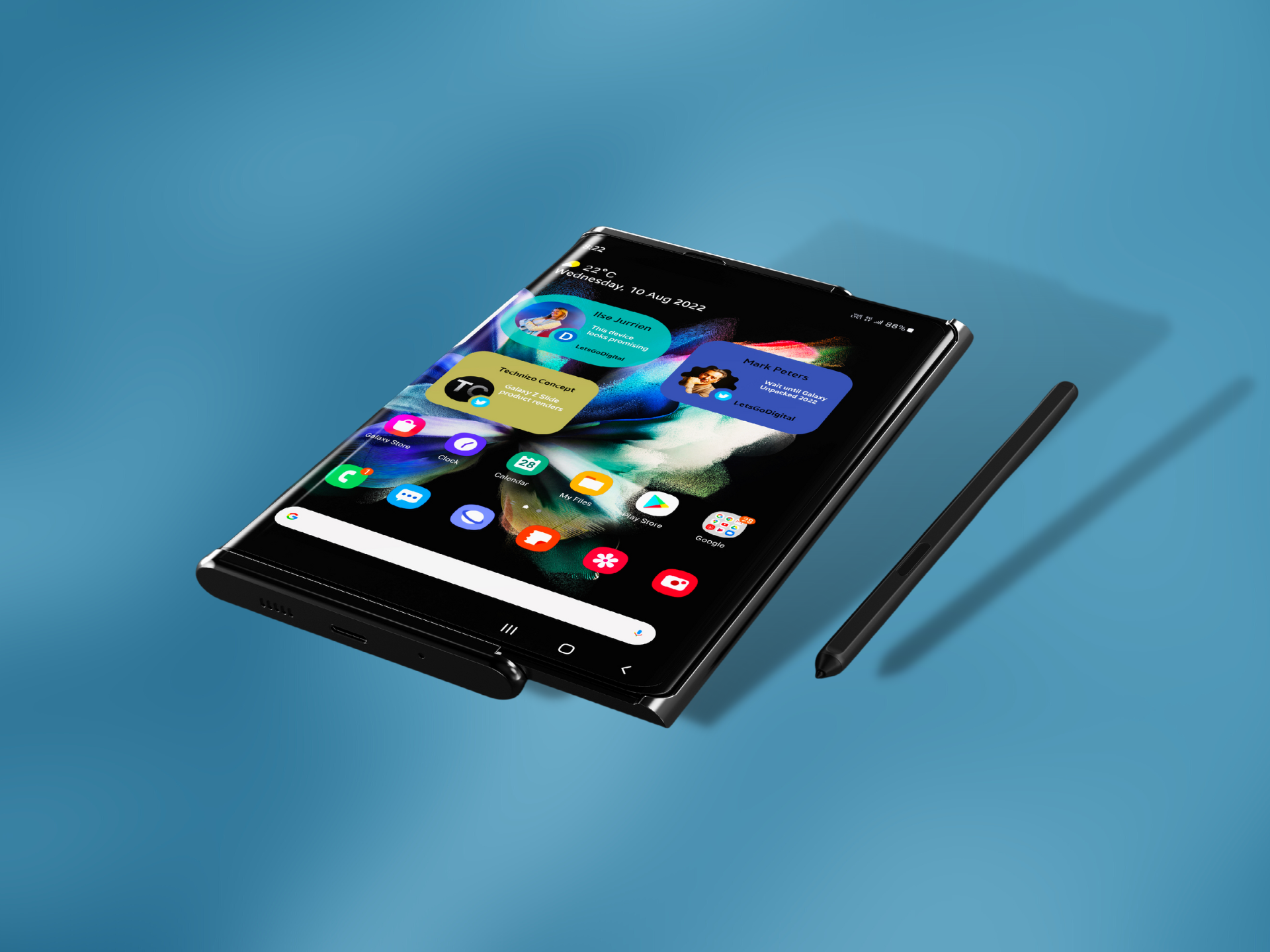
Foldable smartphones are slowly taking off, and while Samsung is the king of the entire market, it’s worth noting that there are many other players trying to compete and grab some market share. Xiaomi, OPPO, Vivo, TCL, and Motorola have all announced foldable smartphones in recent months and years, and while they’re impressive, none of them are as widely available as the Galaxy Z Fold 4 and the Galaxy Z Flip 4 devices.
The foldable smartphone business is competitive; however, Samsung seemingly has no competition in the West and in Europe. None of the aforementioned companies are selling their devices in those regions. Due to this, Samsung can get away with a few missing features and drawbacks, but that could change in the next few years as more tech giants enter the foldable world and try to seize a larger slice of the pie.
In this article, I decided to look at rollable smartphones, and see how they could change the smartphone business with their unique approaches. The post will highlight the benefits and disadvantages. It’ll also try to predict the company that will be the first to popularize the rolling smartphones.
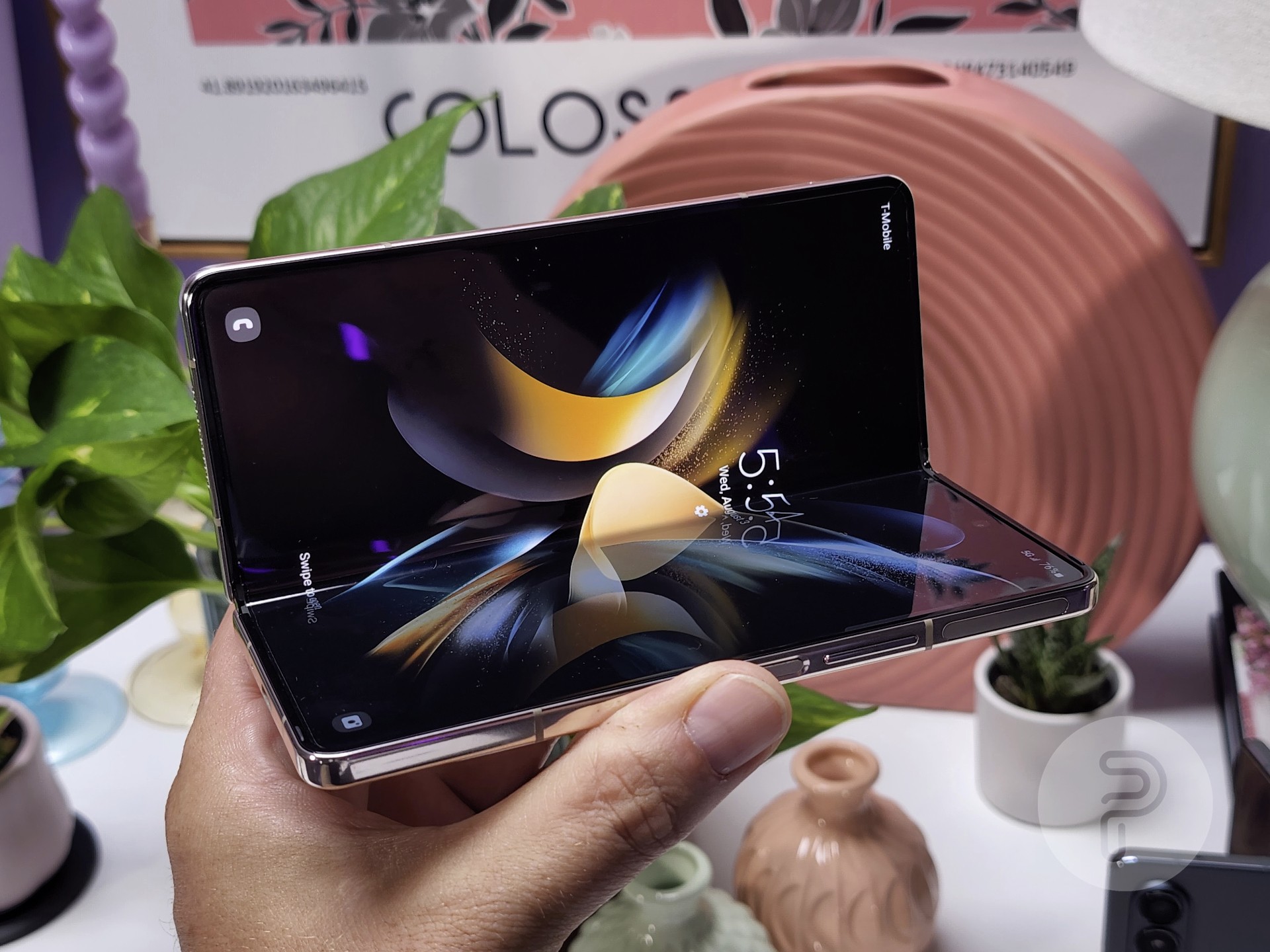 Source: Pocketnow
Source: PocketnowBefore I go any further, I want to share my love and enthusiasm for foldable phones. Many people still find them expensive gimmicks, and while I agree with the first part, they are anything but gimmicks. They have come a long way in the past three years, and if you can get your head around the unique ways you can take advantage of the more significant screen estate, then it will become a game changer. I can’t see myself returning to traditional smartphones, simply because of how useful and convenient the extra space is at any given time.
Of course, these devices aren’t for everyone, but they certainly have a place on the market and have matured significantly in the past few years.
My journey with foldable smartphones started with the Galaxy Z Fold 3. I chose this device for several reasons. The primary reason was that it was widely available, and well-supported, and I could quickly get it repaired if I were to break it accidentally. The same cannot be said about other devices, as they’re often only available in China and other parts of Asia.
Foldables are excellent devices for multitasking, gaming, and doing many things at once. However, they’re large, bulky, and heavy. They take up nearly twice as much space as traditional smartphones, and there are also some software quirks and compatibility issues. It’s not yet ready to be in every pocket, and it’s definitely not a must-have for most consumers.
On the other hand, rollable smartphones might be able to weigh less, come in traditional smartphone form factors, and feature the same benefits as foldable devices. There isn’t much difference between rollable and foldable smartphones, but there are a lot of changes on the inside and the way they work, making them far more helpful for many more people.
Advantages of rollable smartphones
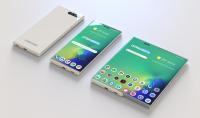 Source: LetsGoDigital
Source: LetsGoDigitalRollables offer the same benefits as foldables but are more compact and much closer to traditional smartphones – at least, if we base our idea of rollable smartphones on the concepts we’ve seen in the past two years. The current technology found in foldables is the best we can achieve today, but technology is advancing rapidly. The technology we use today could look ancient in two to three years. Rollable displays have a bright future, and I can see them becoming the next big category in the consumer market; and they could have their own place alongside foldable devices.
Another good thing about rollable display panels is that they’re meant to be bent, and they’re meant to be flexible and rolled up and out. Most of the prototypes that we’ve seen lack the crease, which is currently prominent and a worrying issue for many early adopters and users – although this has been resolved by some companies such as HUAWEI, HONOR, OPPO, and other technology giants.
These devices are also more likely to have better water and dust resistance protection since manufacturers might be able to provide a better seal on the inside and outside. The missing hinge could make devices lighter, slimmer, and more durable. We haven’t seen proof of this happening yet, but I predict that the fewer moving parts would result in a device that would be slimmer and more resistant to dust, dirt, and liquids.
Disadvantages of rollable smartphones and display technology
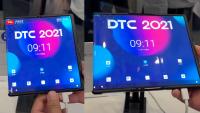 Source: Fold Universe
Source: Fold UniverseBefore we go any further, let’s speak the truth here. If a smartphone has a moving component, it’s much more likely to fail and break than a part that stays static and in place throughout its lifetime. Because of this, rollable smartphones will have to undergo intensive tests to ensure they can survive multiple years of abuse, drops, and more, similar to the current generation of foldable smartphones.
The UTG (Ultra Thin Glass) panel is still not as great as we’d like it to be, and the screen on foldable devices can easily get scratched up by long fingernails, coins in your pockets, and other everyday objects. Rollable devices will likely feature newer display technologies. Still, we don’t believe that it’ll be anywhere near real glass. These panels will likely continue to scratch at level 2, with deeper grooves at level 3.
These phones will require even more protection than foldable phones, since the primary – and only – display will be made out of the same material as the part that rolls out – unless we can create a mix of two different materials and blend them together. Time will well.
While these devices might feature a traditional or slightly thicker form factor like regular smartphones, I don’t expect them to have large batteries, due to the added motor and other technologies. I also don’t believe that most of these phones will support wireless charging for a generation or two, due to the size constraints and lack of space inside the chassis.
Cases would also be hard to find for these devices, unless someone can come up with a rubber or flexible case design that can extend and shrink, whenever necessary and triggered by the user.
To summarize, rollable smartphones have a bright future and could solve many problems with current foldable smartphones; however, there are a lot of unanswered things that researchers and phone makers must address.
Rollable smartphones could greatly decrease the thickness and the bulky form factor of devices such as the Galaxy Z Fold 4, and they could be as compact as traditional smartphones. All while offering the same benefits, such as a tablet-sized display, the same flagship camera, large batteries, excellent heat dissipation, and more.
I’m excited about the future of rollable and foldable technologies, and I can’t wait to see them advance further in front of our eyes.
Which company will introduce a rollable flagship that’s ready to take on the world?
It’s hard to predict the future, especially since most companies have shown off prototypes in the past few years. TCL showed the world a foldable and rollable device. LG let its employees buy its prototype rollable devices after it exited the mobile business. OPPO was rumored to be working on the technology, and even Samsung showed off rollable panels in the past.
On a side note, both LG and Samsung have made TVs that have rollable panels that can neatly hide away when they’re not needed and used. The TVs aren’t widely available, and as you can imagine, they cost a fortune, but they already exist.
Now, even though the technology is already in a consumer-ready product, it doesn’t mean that we’ll see them anytime soon, since they require many years of testing and research to ensure they can hold up and meet high standards.
When it comes to predicting the future, we can’t be 100% certain about the company that will announce a new, consumer-ready product first. However, if we had to guess, it would likely be OPPO, Vivo, or another brand from the BBK group. BBK’s subsidiaries have claimed many “first” titles in the past few years, and we would expect them to want to be in a leading position, setting an example for the rest of the industry, closely followed by Samsung and the rest of the players.
As for which company will popularize and take the rollable smartphones to the next level… that’s up for you to decide. Samsung appears to be a serious contender in this field and a pioneer. We wouldn’t be surprised to see the company have a plan for a rollable or slideable device in the next few years.
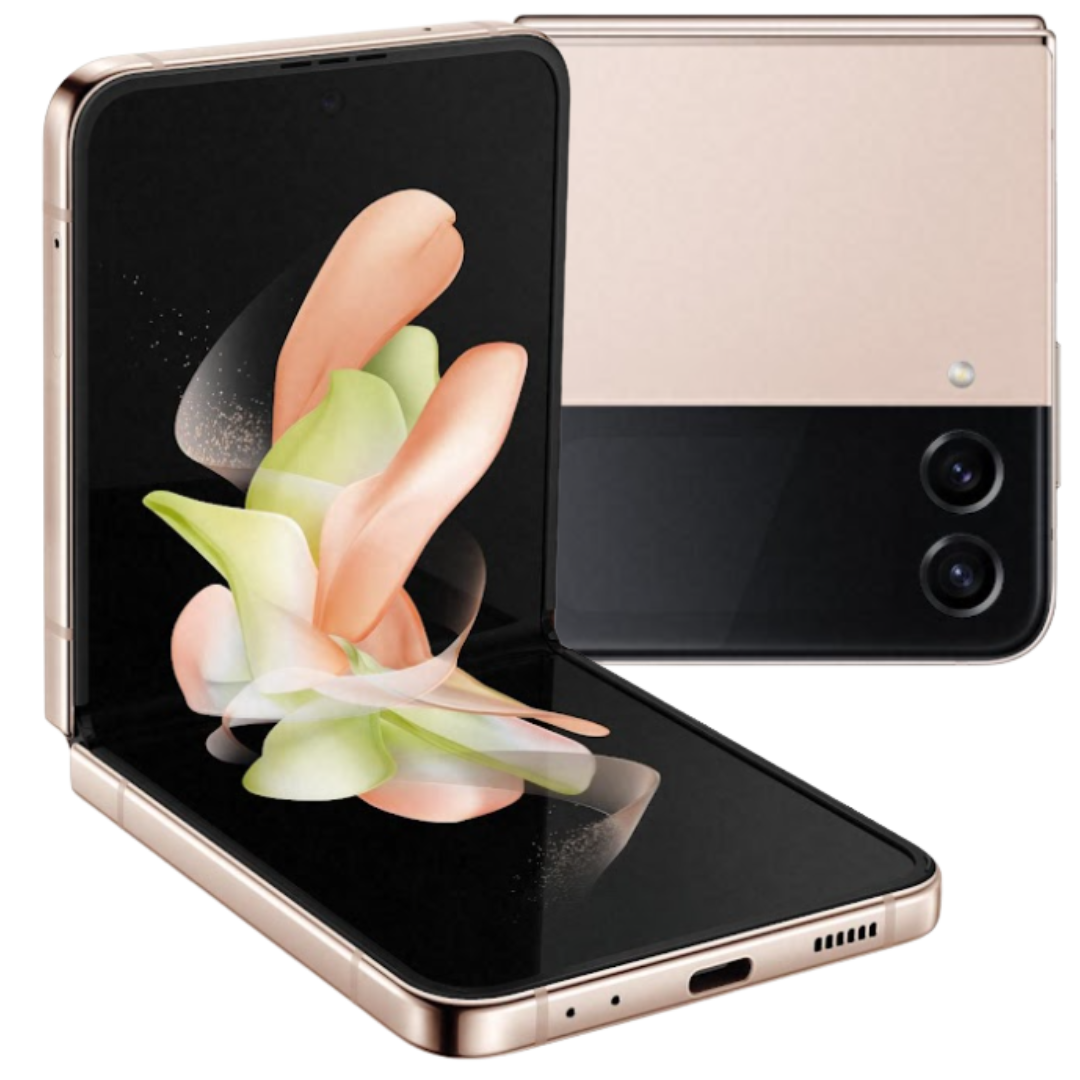
Samsung Galaxy Z Flip 4
The latest Samsung Galaxy Z Flip 4 comes with the most powerful Qualcomm SoC, a better hinge mechanism, and a 1.9-inch Super AMOLED cover display. You can pre-order it now and receive a Samsung silicone Ring Case or a Strap case and up to $900 off with eligible trade-in
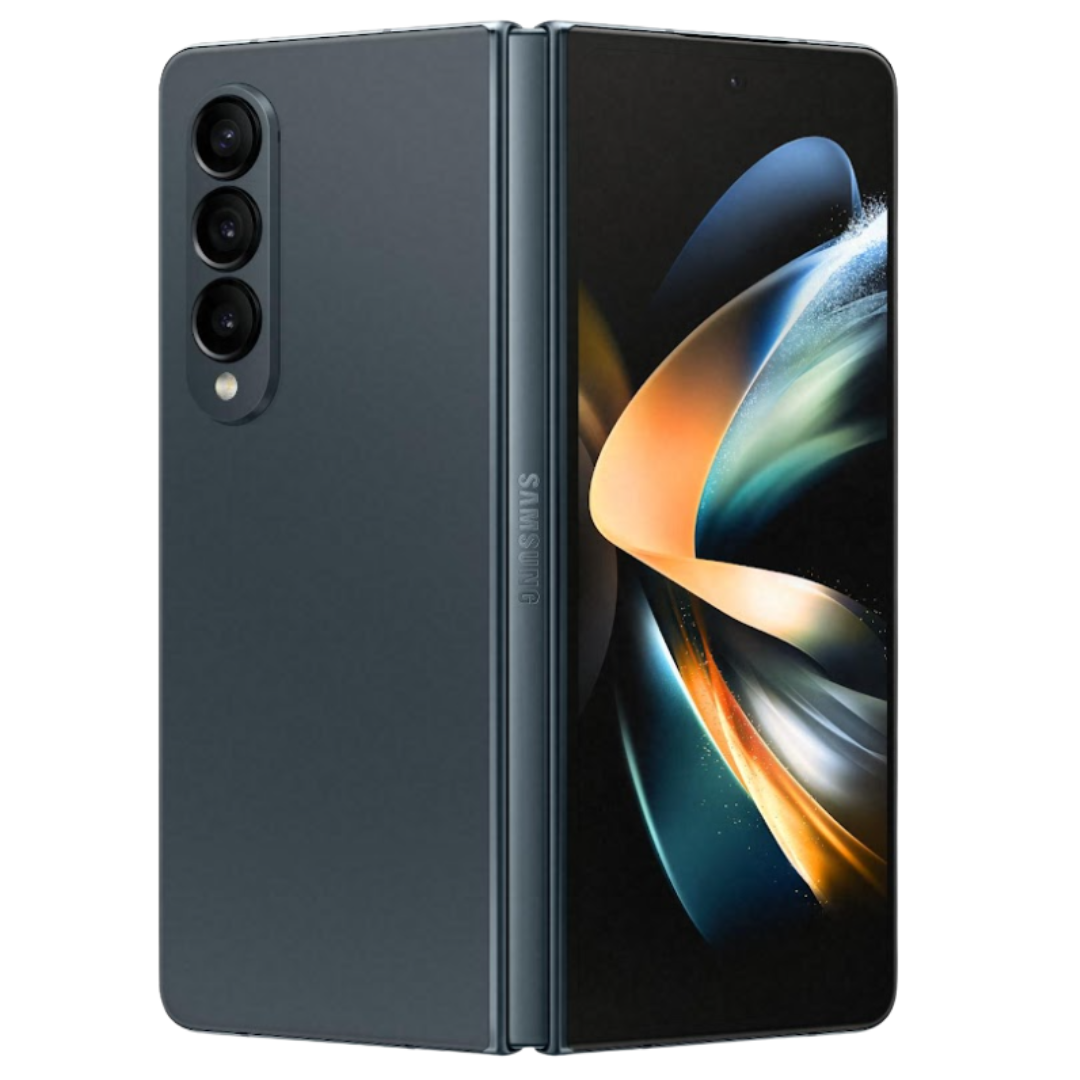
Samsung Galaxy Z Fold 4
The latest Samsung Galaxy Z Fold 4 comes with the most powerful Qualcomm SoC, a wider display, a better hinge mechanism, and many significant upgrades over its predecessor. You can pre-order it now and receive the Standing Cover with S Pen, up to $1,000 off with eligible trade-in, and up to $100 Samsung Credit.

